Tent Care Basics
This article offers a wide range of tips on how to care for your tent
Unlike an urban dwelling, your home in the outdoors requires only a modest amount of love and attention. Treated well, a quality tent will provide years of faithful service in the field.
This article offers a wide range of tips on how to care for your tent. If you do nothing else, though, follow these four important rules:
- Always read the directions.
- Be gentle with zippers and poles.
- Clean your tent and fly from time to time.
- Never store a tent wet.
Video: Tent Care Tips
Tent Care During Setup
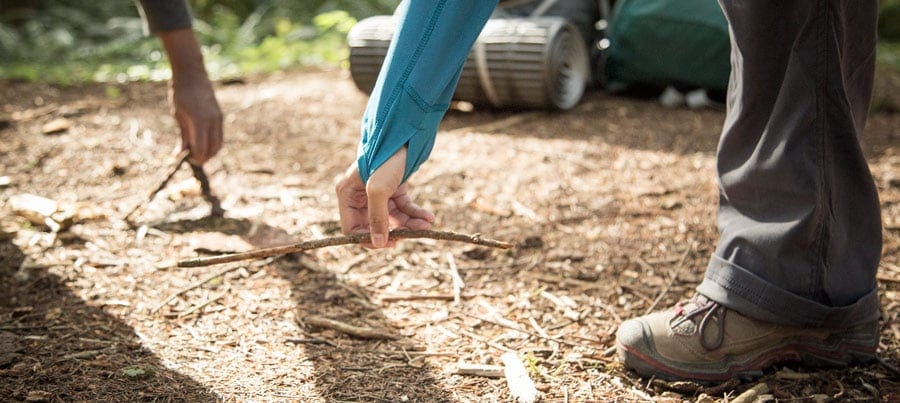
Tent Care During Use
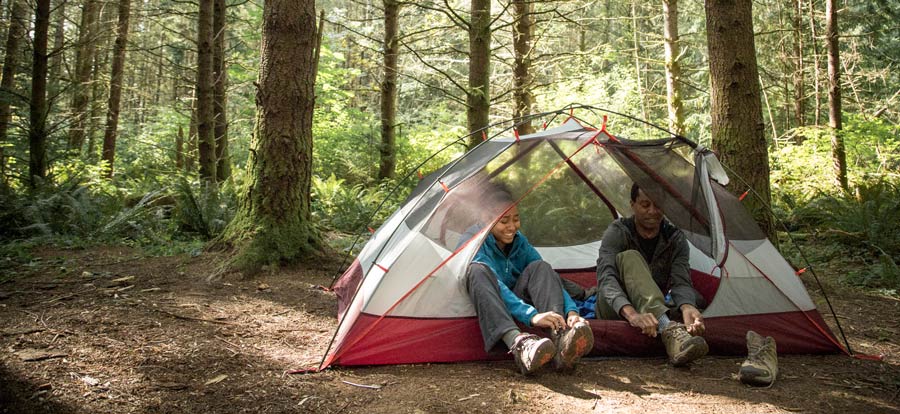
Tent Care During Break Down
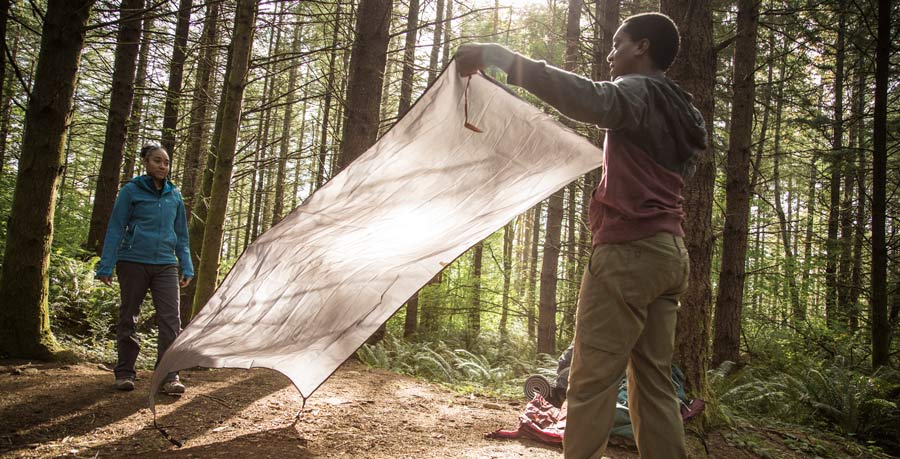
If you must pack up in wet conditions, make sure to dry the tent as soon as you get back. If it’s a sunny day, set it up in the yard; if the weather is wet, hang your tent to dry in a garage or a non-carpeted room.
Roll it or stuff it? This is an age-old debate and there's no definitive answer. Stuffing advocates argue that it avoids repeated creasing (and weakening) materials and coatings along fold lines. Folding advocates suggest it's less stressful than the stuffing process itself. Tent materials should be sturdy enough to withstand either approach.
Tent Care at Home
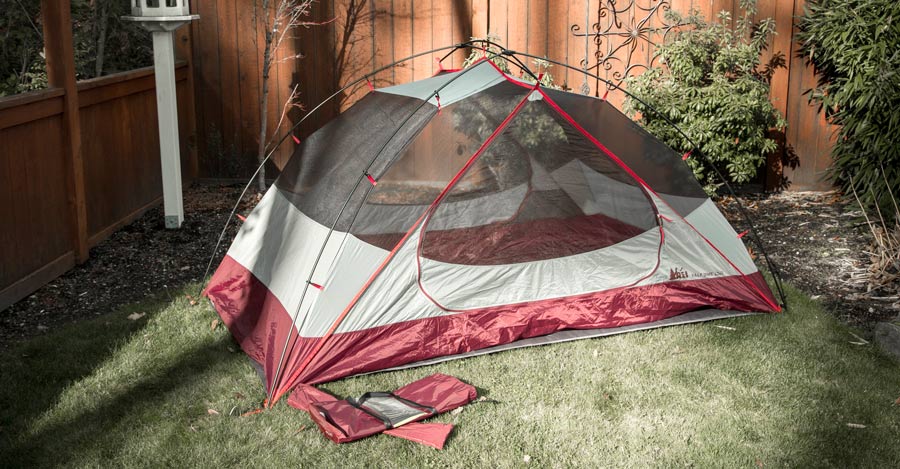
How to Clean Your Tent
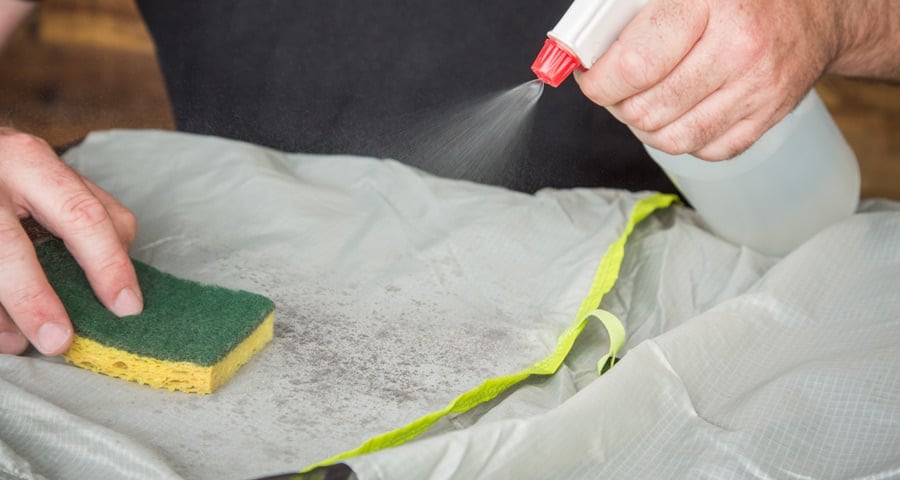
Avoid household cleaners such as harsh dish soaps, bleach, spot removers or laundry presoaking products. Most household soaps are perfumed, which will ultimately attract insects, rodents and bigger creatures. Most of these soaps also impair a tent's durable water repellent (DWR) coating.
For step-by-step instructions on cleaning your tent, see our article, How to Clean a Tent.
Waterproofing Tent Seams and Coatings
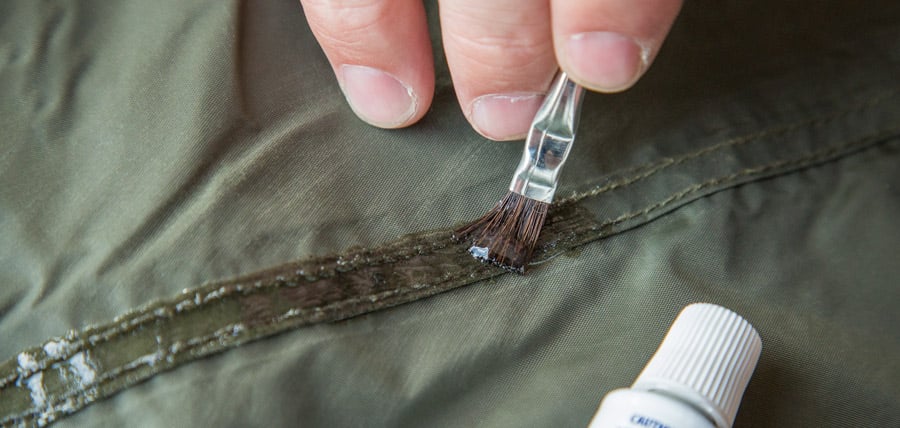
Be sure to get the correct product for your tent’s fabric and coatings. Most rainflys are polyester or nylon and have a polyurethane coating. A few are lightweight nylon infused with silicone (which never needs recoating). Each type of material requires a coating and seam sealer formulated specifically for that fabric.
